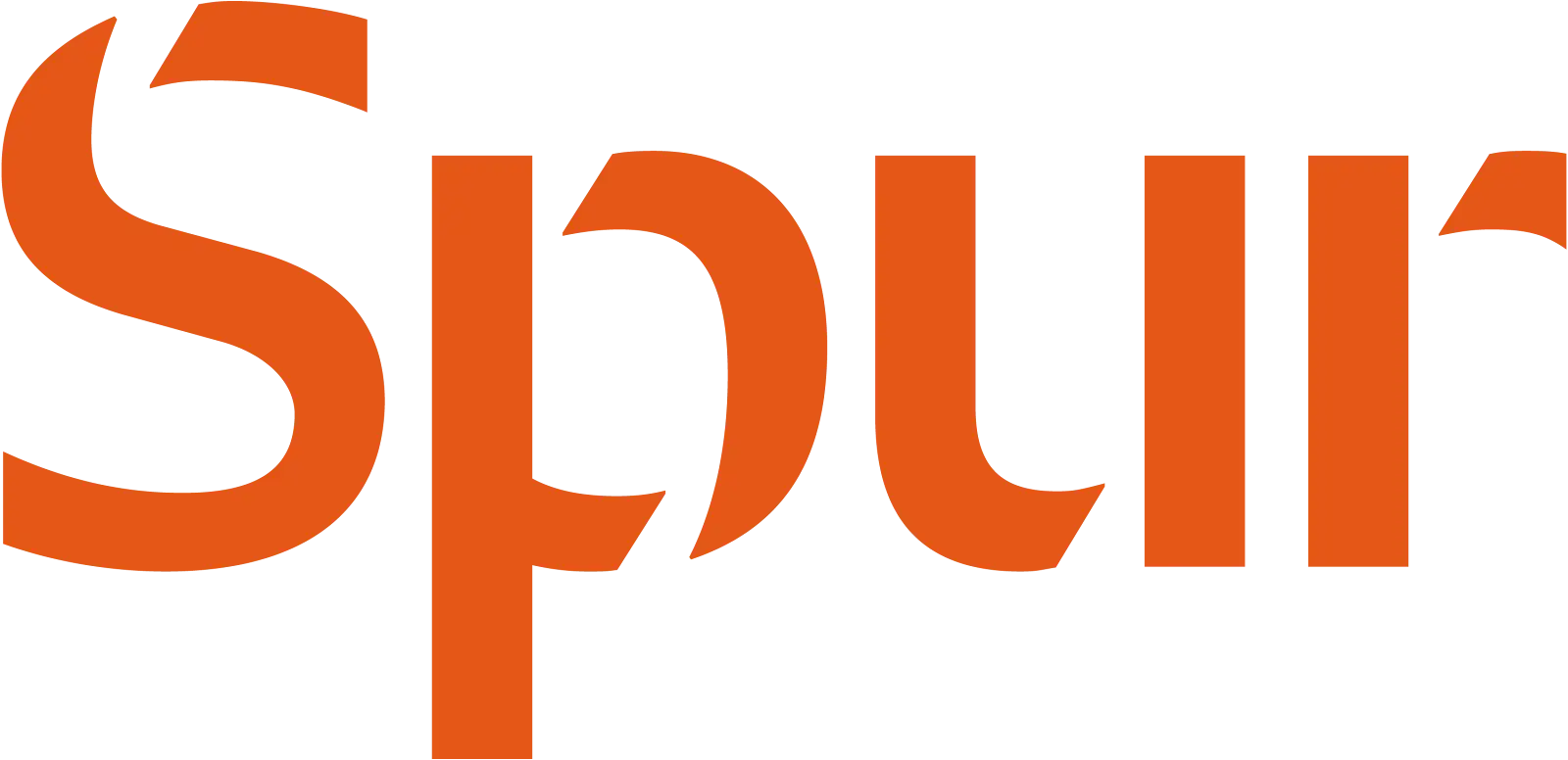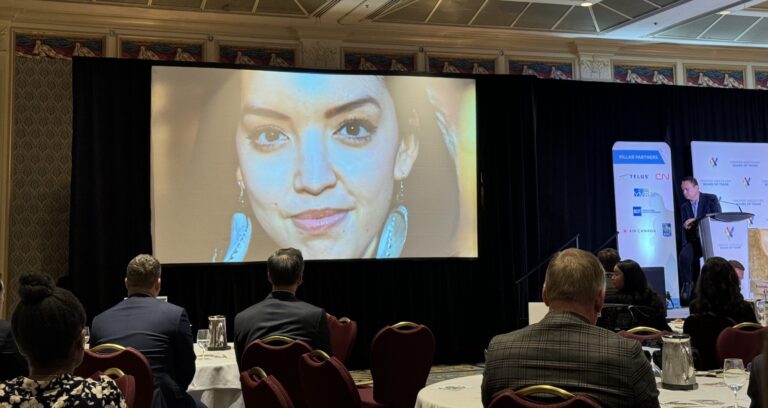Increasingly, organizations are pursuing engagement to strengthen relationships with community, internal team members and external stakeholders. As an engagement professional — and enthusiast — this is music to my ears. Engagement is powerful. It is a catalyst for spurring both social and organizational change and is at the root of community-informed decision-making. It ensures that people are at the centre of decisions, which is where they should be.
I’ve run into recurring questions about what engagement is and how it should be integrated into communication programs in our work with new clients. I’d like to look at this from all angles.
what it is
Engagement is about meaningful conversations. There are many forms of engagement — and, in fact, an entire spectrum of participation. There are so many ways that you can tackle engagement, but it must be designed with two-way dialogue at its core. This can happen in person through facilitated workshops and events, or online through robust digital engagement. If you’re considering the latter, look at platforms like Civil Space that are designed to host multi-directional, online conversations.
Regardless of where these conversations occur, fundamentally, they must be multi-directional. By its nature, engagement includes both information that the host organization wants to talk about and what community members or stakeholders have on their minds. The real purpose of engagement is to help your audience — be it community members, fellow employees or external stakeholders — contribute to and impact a project or policy.
Engagement is a commitment to listen and respond. Now, I don’t mean to say that you have to do everything your community asks of you. That said, you have to be willing to hear it and react by way of future communication or implementing change. This piece is vital. Public engagement programs should exist only when you need information from your community. And if you aren’t willing to listen to what you hear, engagement is not the best path for your organization.
what it isn’t
Engagement isn’t a survey. Now, don’t get me wrong, surveys are a potent tool. As a big advocate for informed strategies and decision-making, surveys are essential for understanding sentiment and awareness. But we always caution our clients about calling engagement a survey. Surveys don’t reflect the conversational nature that defines engagement. When you focus on surveying people, and not conversing with them, you lose some of the most insightful information that engagement and your participants can provide.
Further, surveys often imply a significant and representative sample size. Of course, hosting organizations must do everything they can to draw as many diverse voices into an engagement as possible. That said, engagement participants often don’t reflect community or even stakeholder diversity. Be careful to set expectations with your language.
Public engagement isn’t a shortcut to building social license. This piece is critical. Although an organization might build social license — or general support — as a byproduct of engagement done well (and ideas implemented and actioned), it is not the purpose. You don’t engage communities to improve your reputation. Instead, public engagement should be designed and used when you need information from your community. How you build a program should be defined by pursuing the best way to get the information you need, and what you’re committing to do with the knowledge that your participants provide. It should not be to garner public or stakeholder support. If you’re looking for the latter, explore developing powerful communication and marketing campaigns.
why it matters
With almost a decade of experience in this area — and having worked with municipal, regional and provincial organizations across Western Canada — I’ve had the opportunity to learn from incredible leaders in this field. Together, we’ve engaged on health care issues, developed a vision for education, explored public views on major events like the Olympic and Paralympic Games, and planned major infrastructure and transportation projects. These programs have led to meaningful results and great outcomes for community.
Engagement facilitates participation and valuable feedback. Whether you’re looking for community input on a government project, employee responses on potential changes to company policies, or to develop a vision for the future of your organization, engagement ensures you can make decisions informed by people’s unique needs. At its core, it provides a forum for community-based collaboration and participant-fueled solutions. It is an inclusive, problem-solving approach.
learn more
To learn more about our approach to public and stakeholder engagement — visit our website, www.spurcommunication.ca. We’re always eager for conversations with and perspectives from new people!
Cover photo by Volodymyr Hryshchenko on Unsplash



